Home>Renovation & DIY>Tools & Equipment>What Grit Sandpaper For Leather
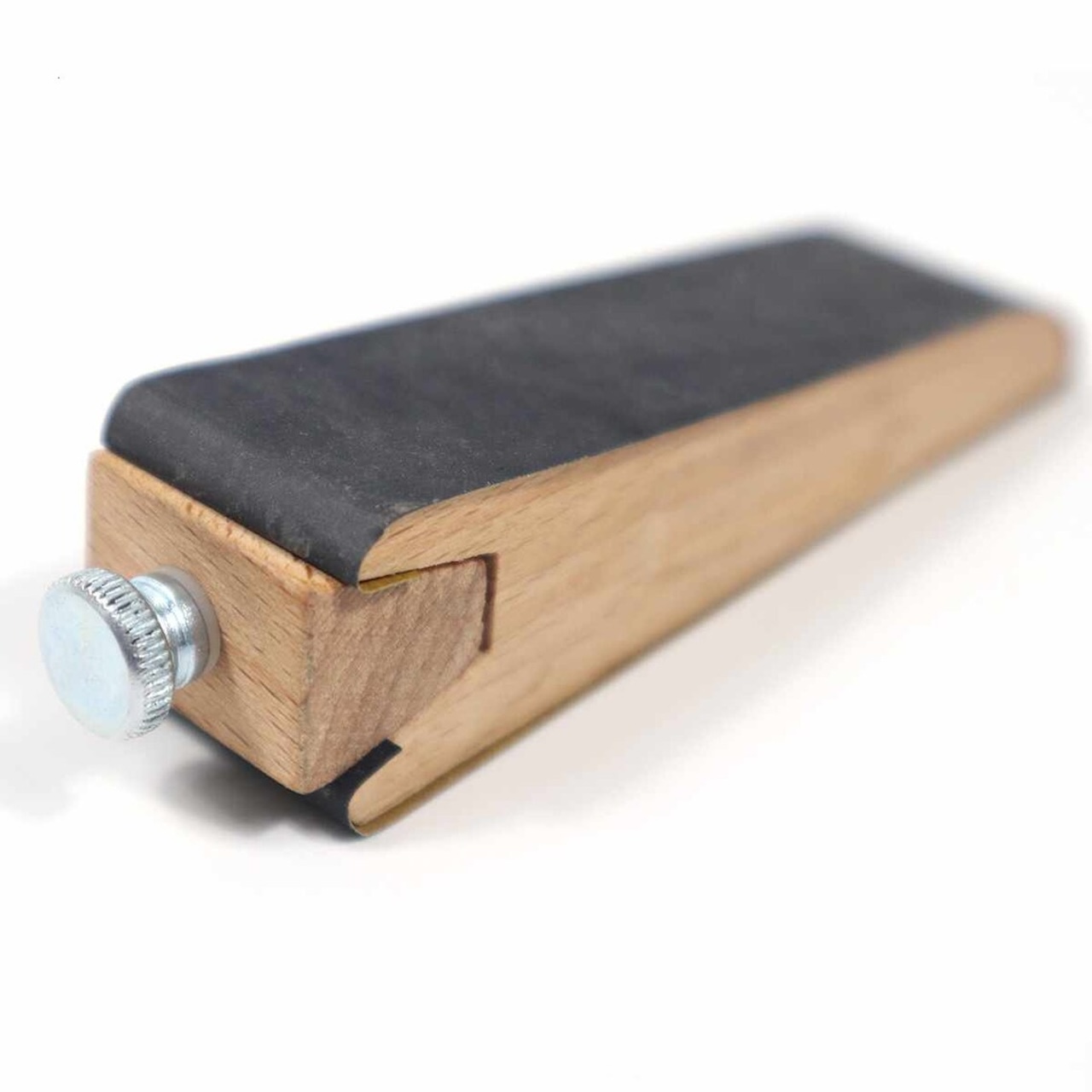

Tools & Equipment
What Grit Sandpaper For Leather
Published: December 20, 2023
Discover the best grit sandpaper for leather with our comprehensive guide. Find the right tools and equipment for your leatherworking projects.
(Many of the links in this article redirect to a specific reviewed product. Your purchase of these products through affiliate links helps to generate commission for Storables.com, at no extra cost. Learn more)
**
Introduction
**
When it comes to working with leather, ensuring a smooth and polished finish is essential. Whether you are a seasoned leatherworker or a DIY enthusiast, the right tools are crucial for achieving professional results. One such tool is sandpaper, a versatile and indispensable asset in the leather crafting arsenal. Understanding the nuances of sandpaper grit and its impact on leather is pivotal for honing your skills and achieving the desired outcome.
In this comprehensive guide, we will delve into the world of sandpaper grit and its significance in leatherworking. From unraveling the intricacies of grit classification to identifying the optimal sandpaper grit for leather, this article aims to equip you with the knowledge needed to elevate your leather crafting endeavors. So, let's embark on this enlightening journey and explore the realm of sandpaper grit for leather.
**
Key Takeaways:
- Choose the right sandpaper grit for leather to achieve a professional finish. Coarse grit for shaping, medium for refining, fine for smoothing, and extra fine for a glossy sheen.
- Understanding sandpaper grit empowers leatherworkers to create exceptional goods. From shaping to polishing, the right grit enhances craftsmanship and brings leather creations to life.
Read more: What Grit Sandpaper For Varnish
Understanding Grit Sandpaper
**
Before delving into the specifics of sandpaper grit for leather, it’s imperative to comprehend the fundamentals of grit classification. Grit, in the context of sandpaper, refers to the coarseness or fineness of the abrasive particles embedded on its surface. The grit number, typically imprinted on the back of the sandpaper, indicates the size of the abrasive particles and determines the level of abrasion it delivers.
Sandpaper is categorized into different grit ranges, each serving a distinct purpose in the finishing process. Coarse grits, such as 40 to 60, feature larger abrasive particles and are adept at swiftly removing material and smoothing rough surfaces. Medium grits, ranging from 80 to 120, strike a balance between material removal and surface refinement, making them suitable for prepping and shaping leather. Fine grits, including 150 to 240, excel in refining surfaces and eliminating imperfections, paving the way for a polished finish. Extra fine grits, from 280 upwards, are ideal for achieving a smooth, blemish-free surface, perfect for enhancing the luster of leather.
Understanding the diverse grit ranges empowers leather enthusiasts to select the most fitting sandpaper for their specific project requirements. Whether it’s leveling uneven edges, buffing out blemishes, or achieving a glass-like finish, the right grit can make all the difference in the outcome of your leatherwork.
**
Use 120-180 grit sandpaper for smoothing and shaping leather. Higher grits (220-400) are for finer finishing and polishing. Always test on a small, inconspicuous area first.
Sandpaper Grit for Leather
**
When it comes to working with leather, the choice of sandpaper grit significantly influences the quality and aesthetics of the final product. Leather, a material known for its durability and versatility, demands meticulous attention to detail during the finishing process. Selecting the appropriate sandpaper grit is paramount in achieving a refined and professional finish on leather goods.
For initial rough shaping and material removal on leather, coarse grit sandpaper in the range of 40 to 60 is invaluable. Whether you’re crafting a leather belt, wallet, or bag, this coarse grit efficiently smoothens rough edges and contours, laying the foundation for further refinement. The coarse grit’s robust abrasive action swiftly tackles uneven surfaces and irregularities, preparing the leather for subsequent finishing stages.
As the leatherwork progresses, transitioning to medium grit sandpaper within the 80 to 120 range facilitates shaping and refining the contours with greater precision. This intermediate grit level strikes a balance between material removal and surface smoothing, making it ideal for refining the intricate details of leather projects. From sculpting intricate designs to perfecting the curvature of leather components, medium grit sandpaper plays a pivotal role in achieving a seamless and polished look.
When it comes to fine-tuning the surface of leather and eliminating imperfections, fine grit sandpaper ranging from 150 to 240 proves indispensable. This fine grit level excels in refining the texture of leather, ensuring a flawlessly smooth and blemish-free surface. Whether it’s removing minor scratches or preparing the leather for dyeing and finishing, fine grit sandpaper elevates the visual appeal and tactile quality of the leatherwork.
For the ultimate refinement and finishing touches, extra fine grit sandpaper, typically starting from 280 and progressing upwards, is the go-to choice for achieving a mirror-like finish on leather. This ultra-fine grit level meticulously polishes the surface, imparting a luxurious sheen and enhancing the overall aesthetic appeal of the leather. From burnishing edges to achieving a glossy patina, extra fine grit sandpaper adds the final flourish to your meticulously crafted leather creations.
By understanding the nuances of sandpaper grit and its tailored application in the realm of leatherworking, artisans can elevate their craftsmanship and bring forth exceptional leather goods that exude finesse and quality.
**
Conclusion
**
Embarking on a journey into the world of sandpaper grit for leather unveils the pivotal role this humble yet indispensable tool plays in the realm of leather crafting. From the coarse grit’s adeptness at swiftly shaping and smoothing rough leather surfaces to the extra fine grit’s finesse in delivering a mirror-like finish, the diverse grit ranges cater to the multifaceted demands of leatherwork.
Understanding the nuances of sandpaper grit empowers artisans to navigate the intricacies of leather finishing with precision and finesse. Whether it’s refining the contours of a leather wallet, burnishing the edges of a belt, or achieving a lustrous patina on a handcrafted bag, the right sandpaper grit is the linchpin in realizing the vision of a meticulously crafted leather creation.
As you embark on your leatherworking endeavors, armed with the knowledge of sandpaper grit and its tailored application for different stages of the finishing process, may your creations exude unparalleled craftsmanship and sophistication. The marriage of skill, creativity, and the right tools, including the nuanced selection of sandpaper grit, culminates in the manifestation of exceptional leather goods that stand as a testament to your dedication and artistry.
So, let the journey of leather crafting be imbued with the understanding and appreciation of sandpaper grit, as it weaves its transformative magic, elevating raw leather into exquisite works of art.
Frequently Asked Questions about What Grit Sandpaper For Leather
Was this page helpful?
At Storables.com, we guarantee accurate and reliable information. Our content, validated by Expert Board Contributors, is crafted following stringent Editorial Policies. We're committed to providing you with well-researched, expert-backed insights for all your informational needs.


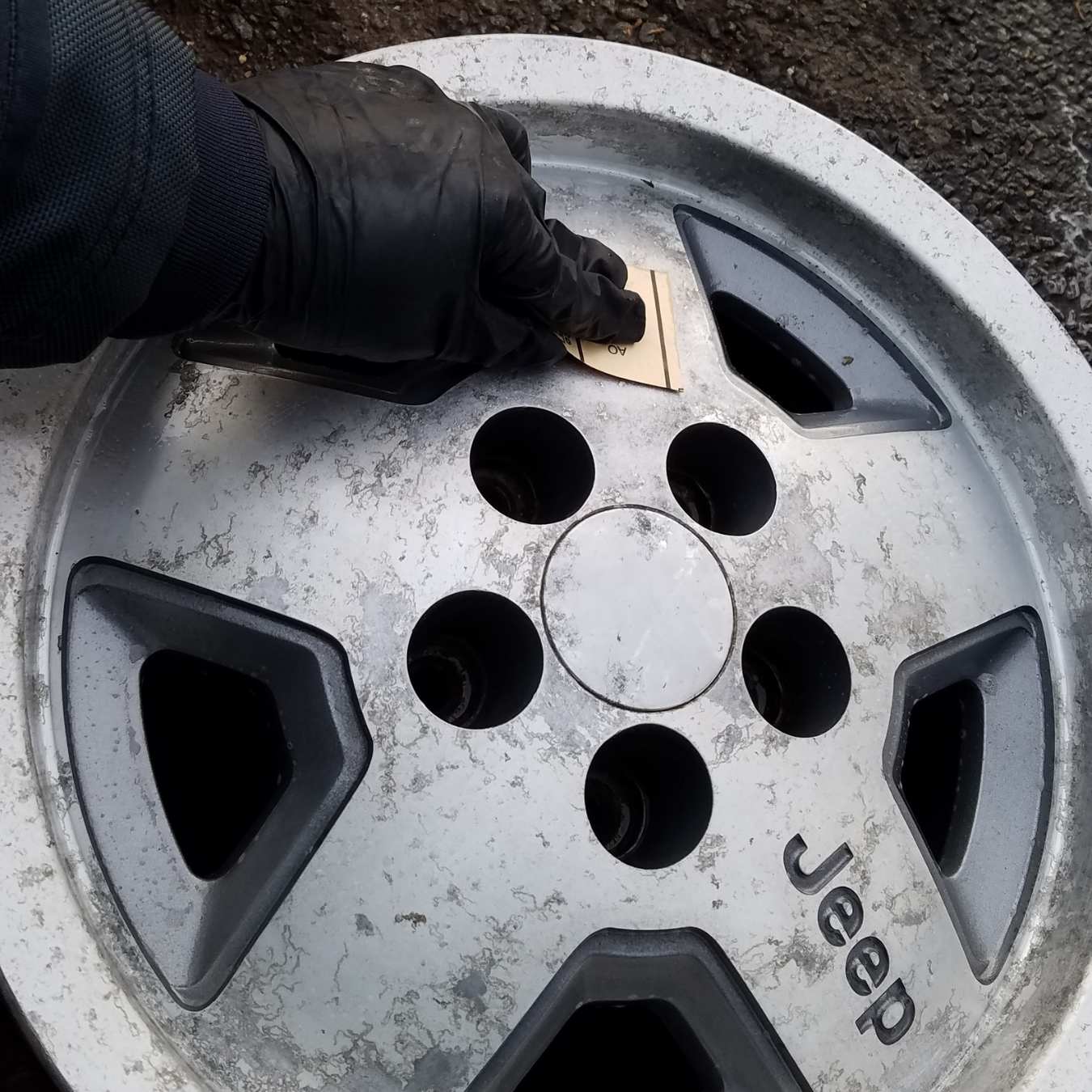

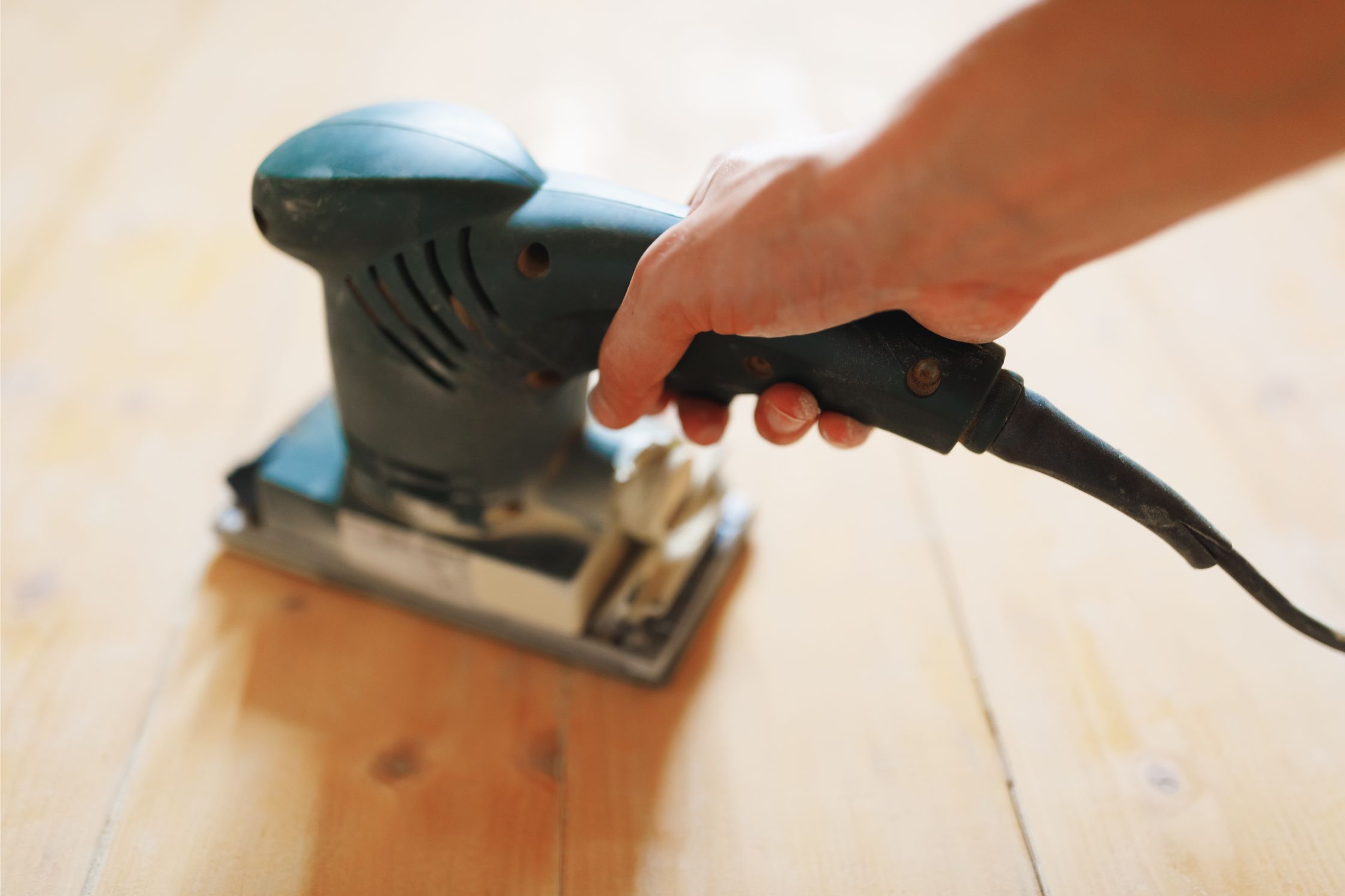
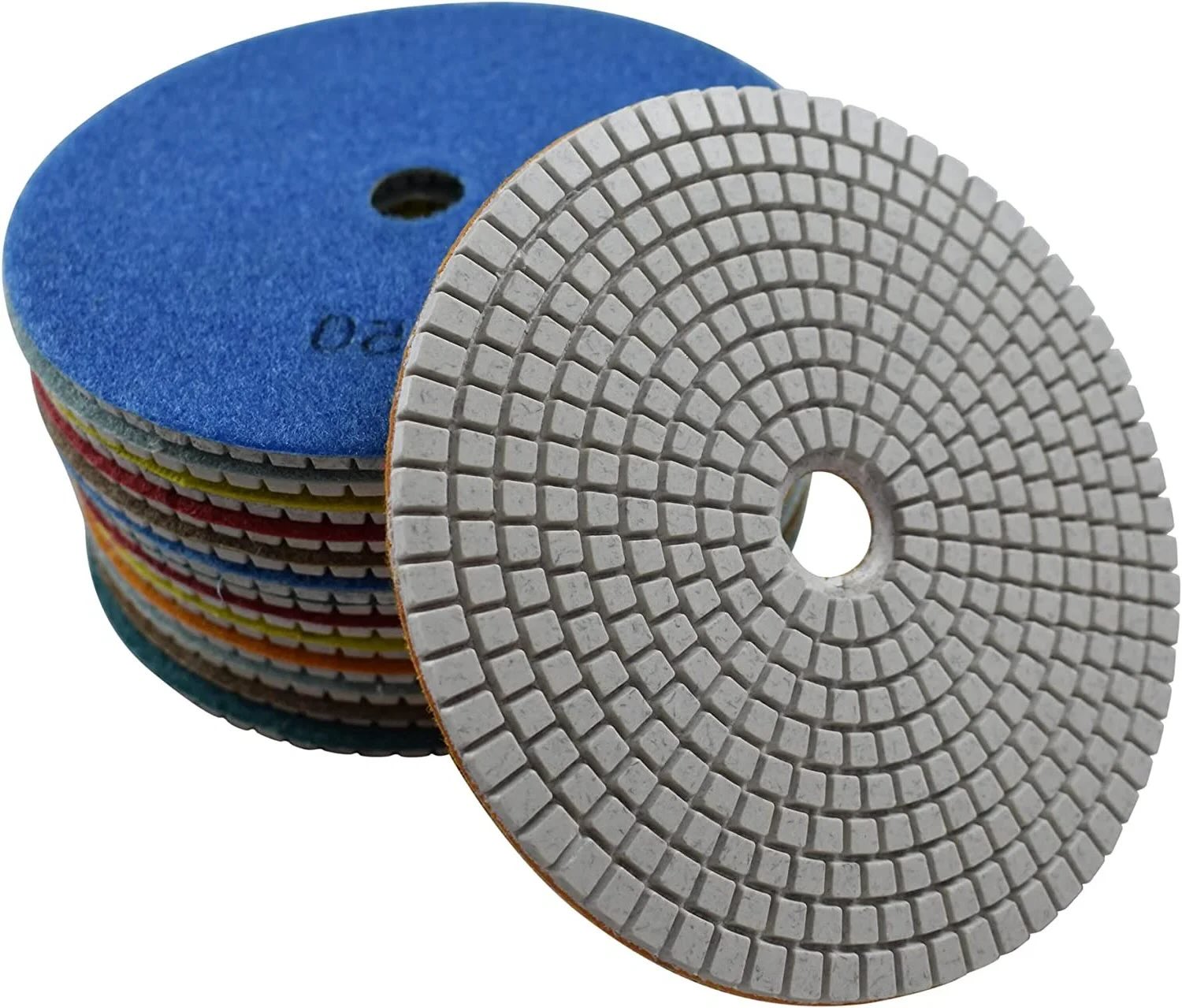
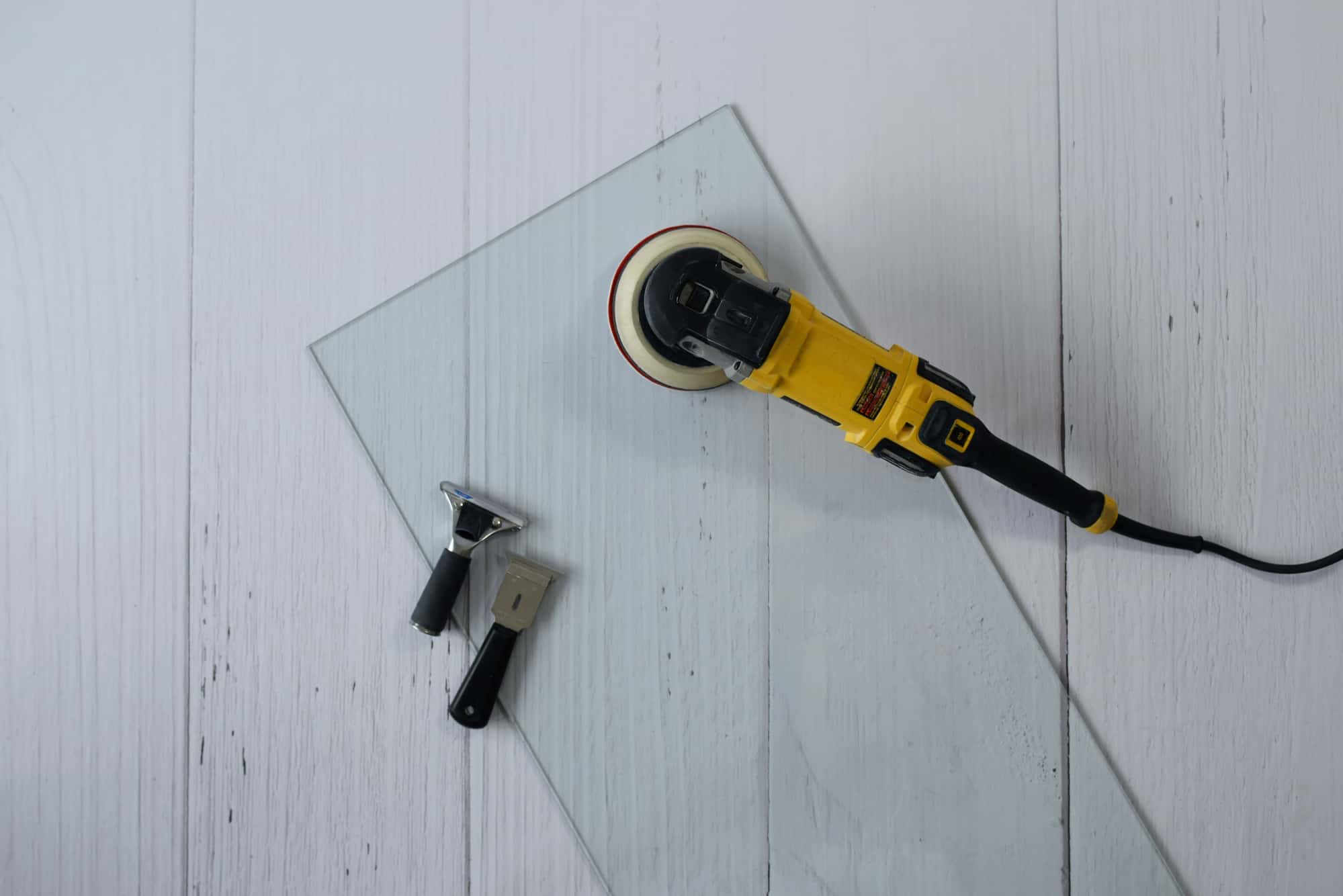
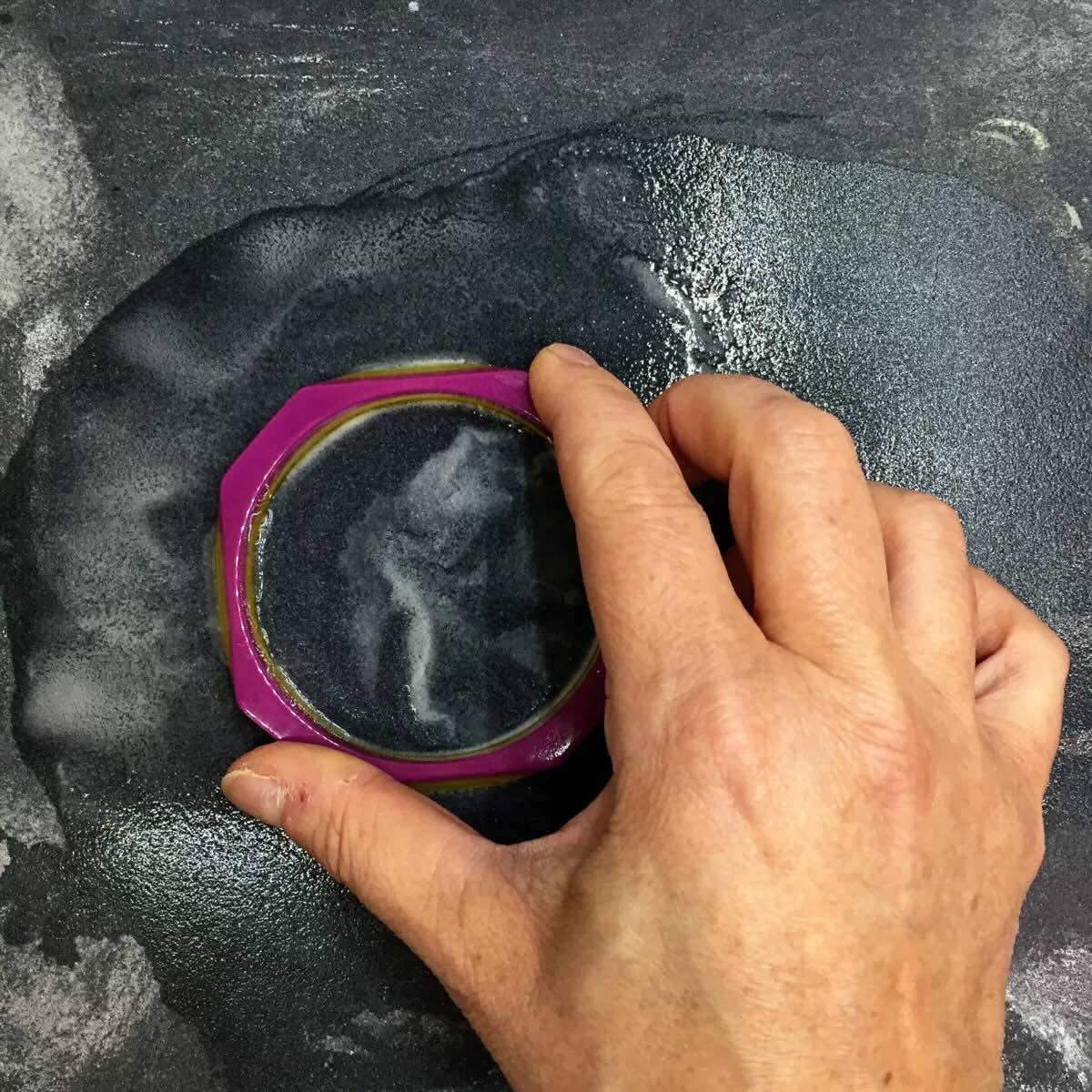
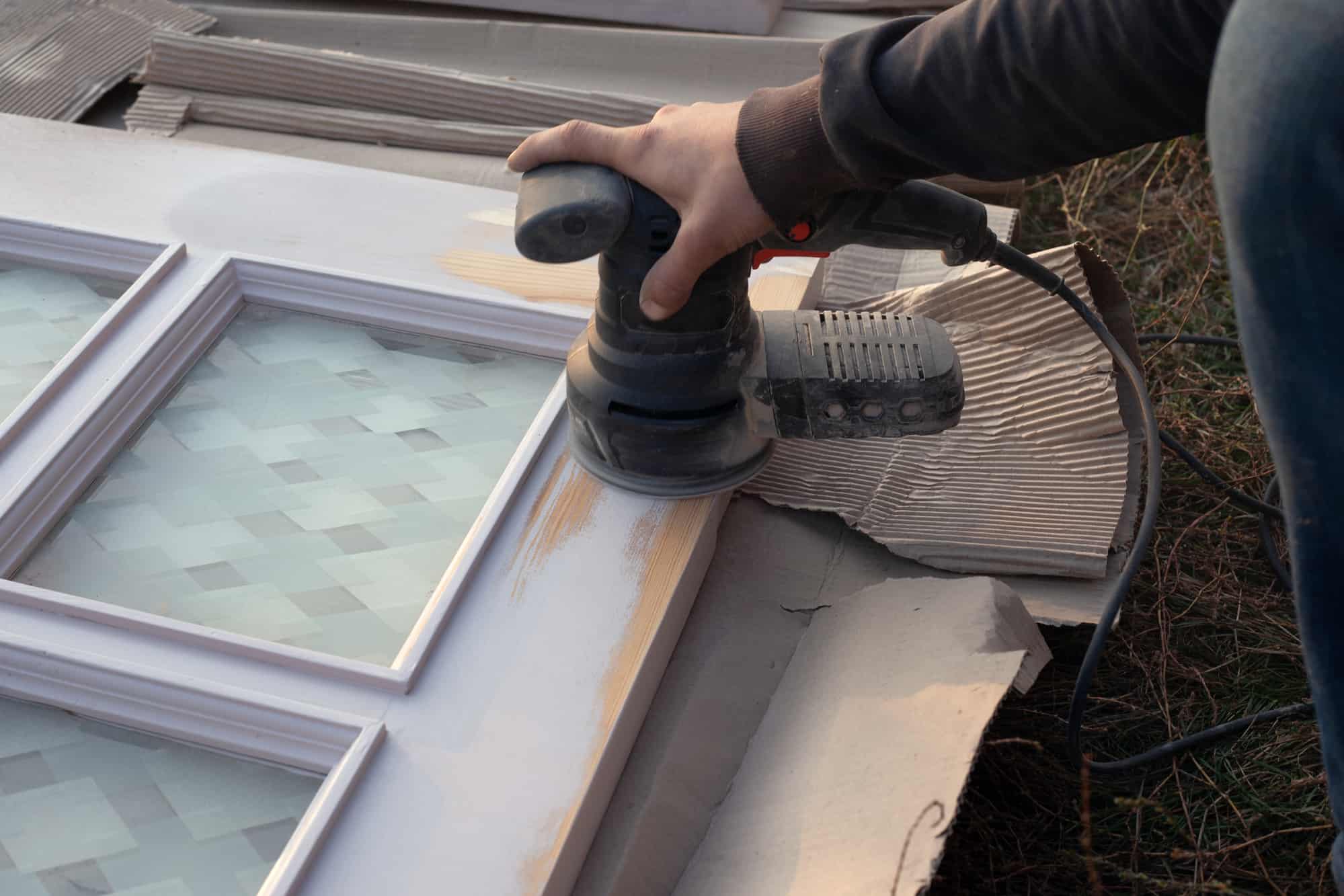

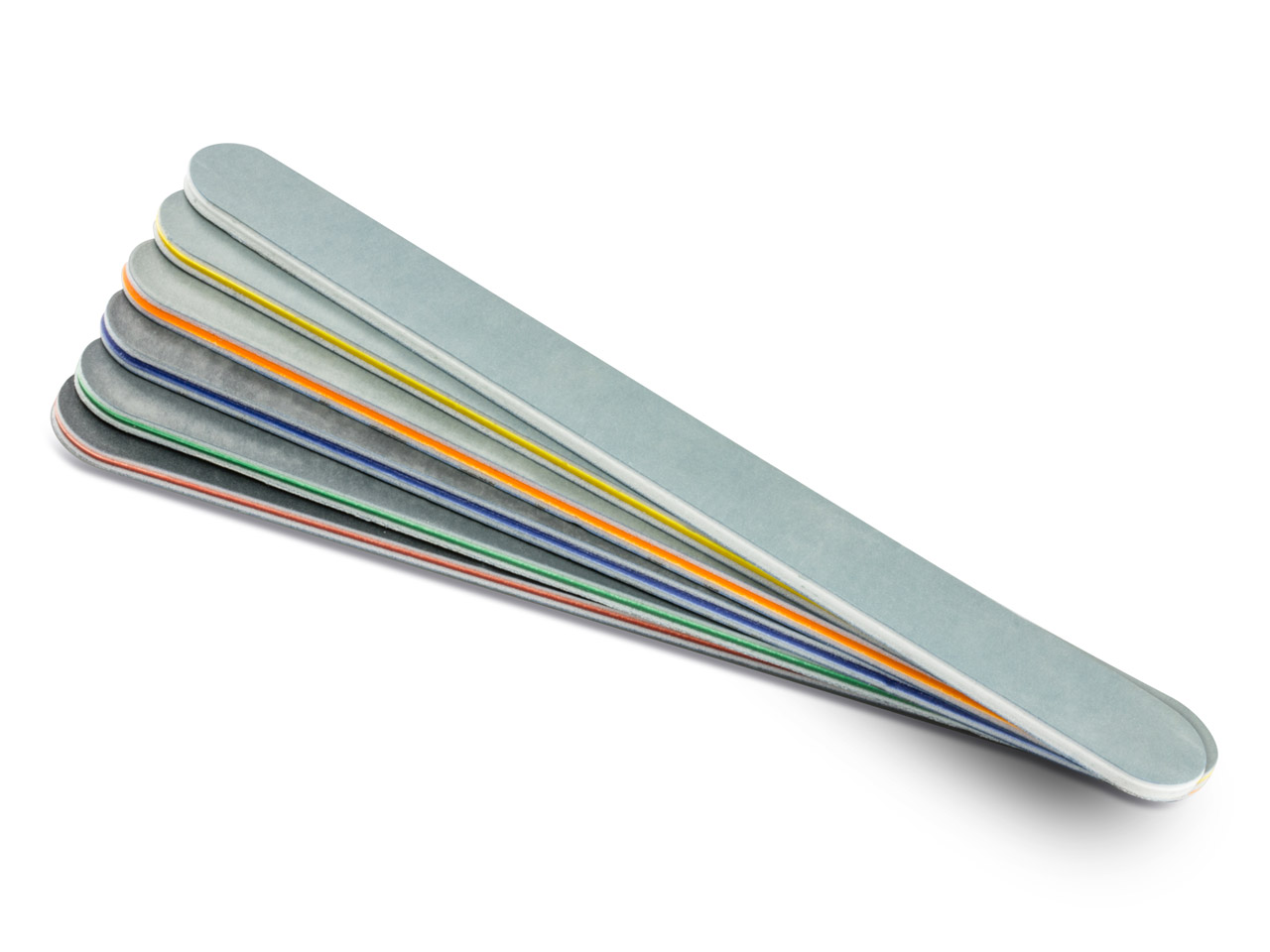
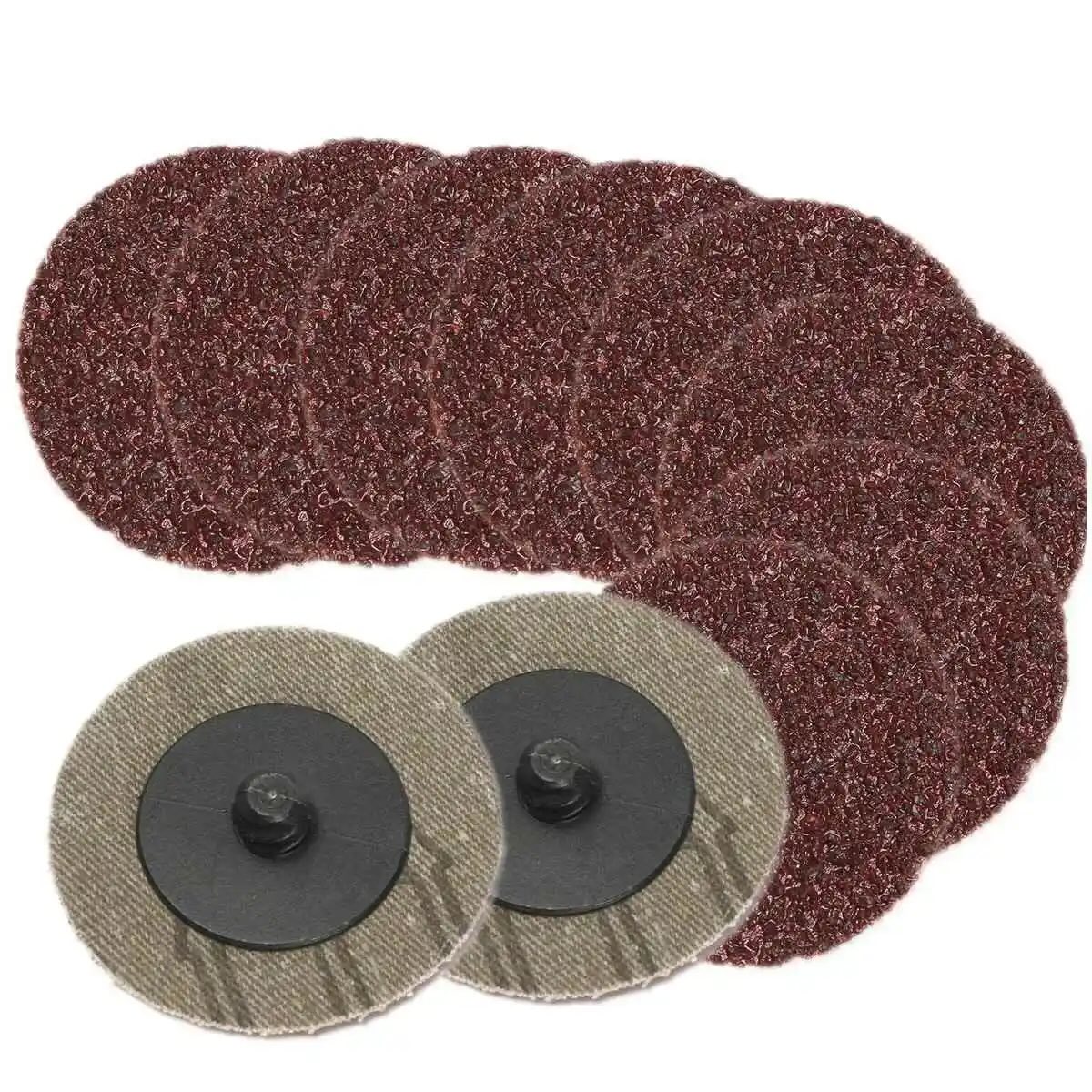
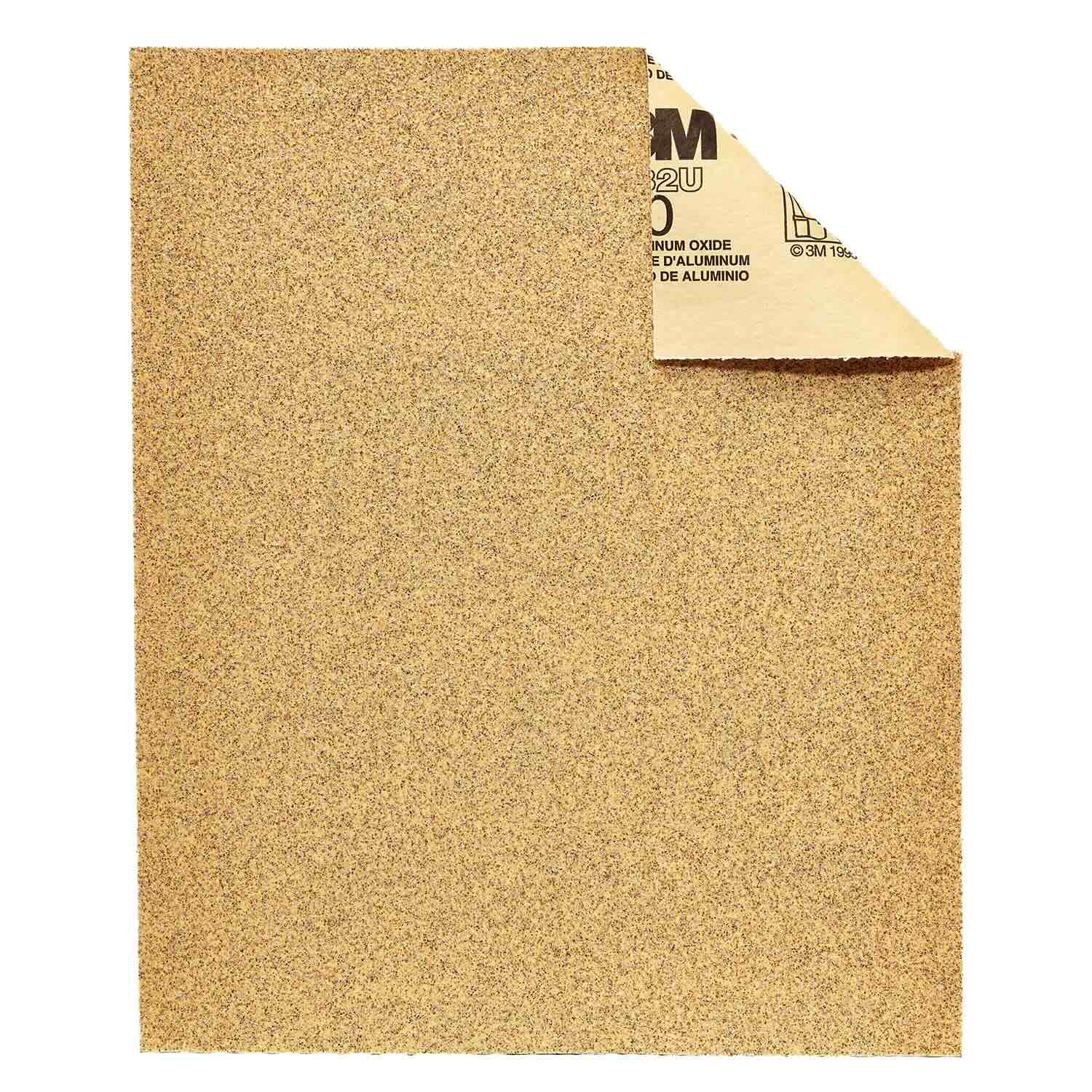
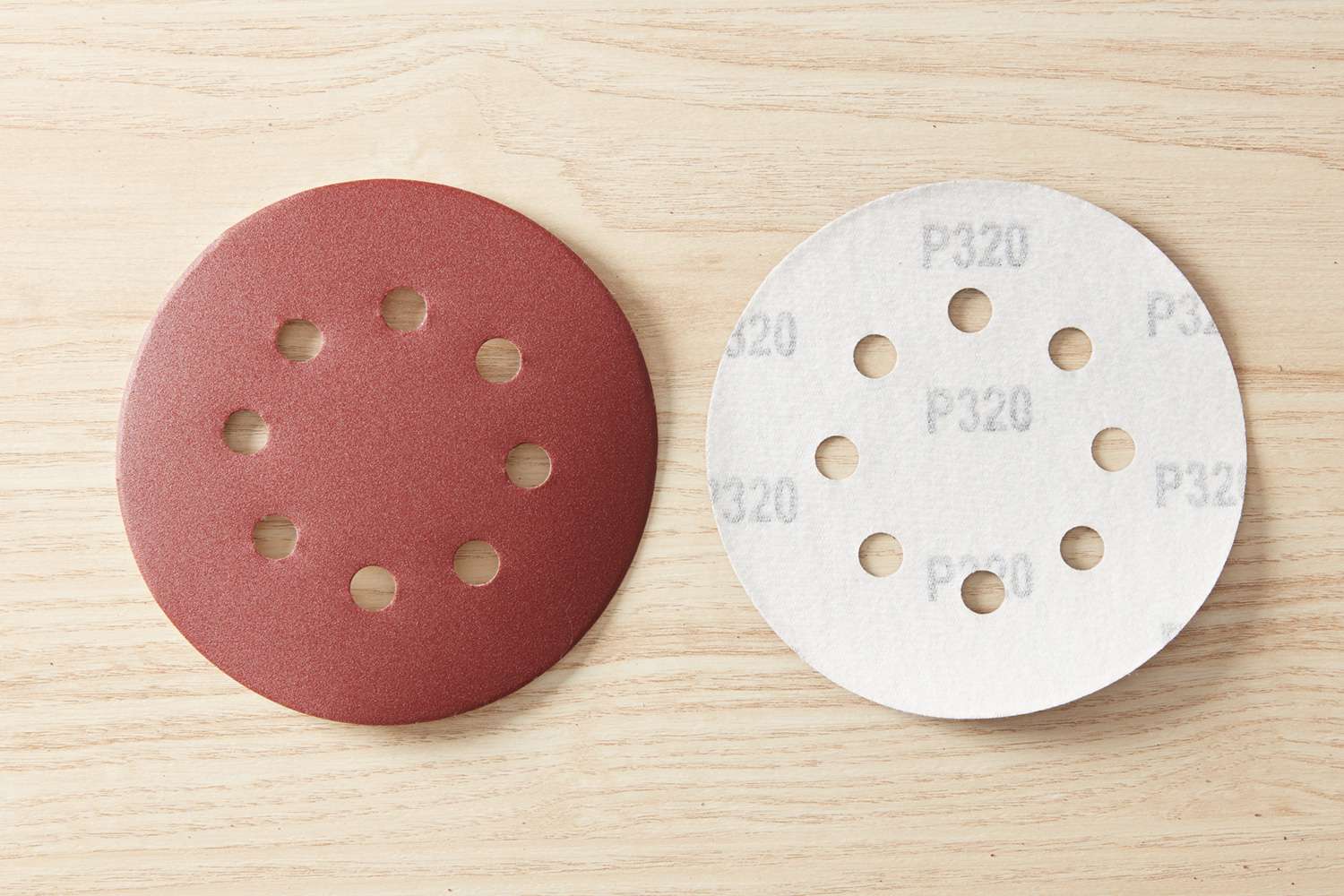
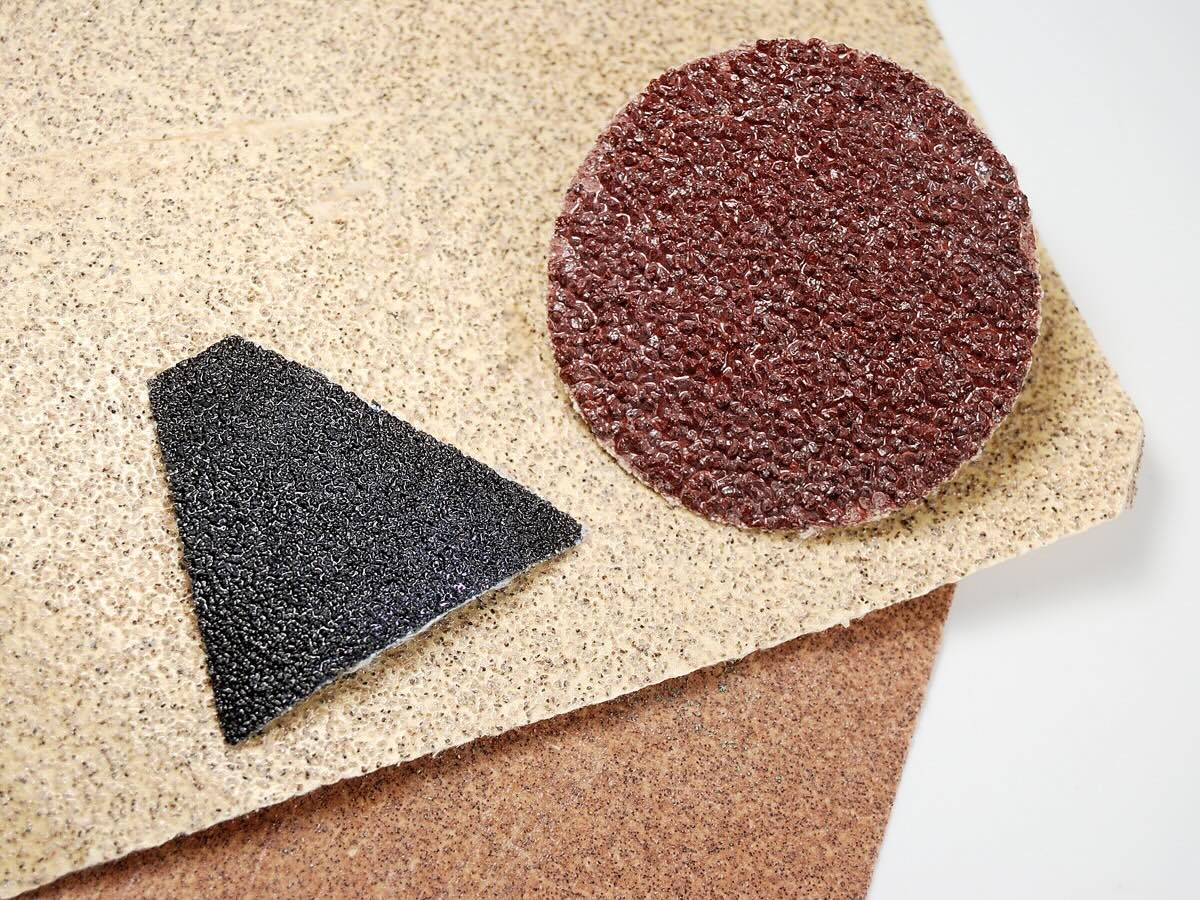

0 thoughts on “What Grit Sandpaper For Leather”